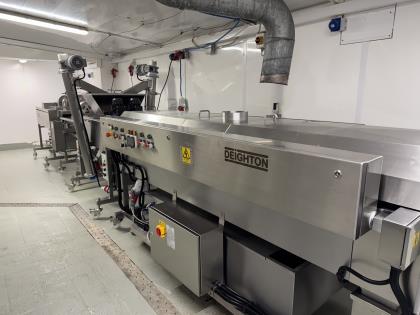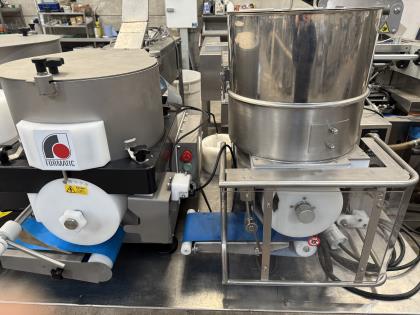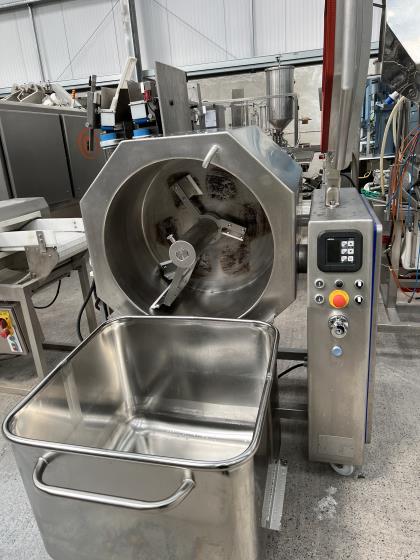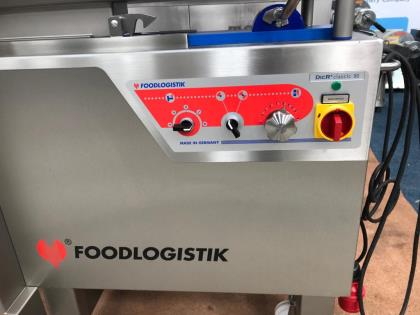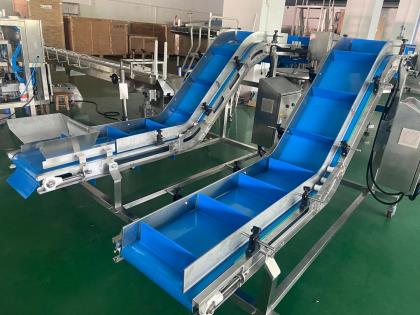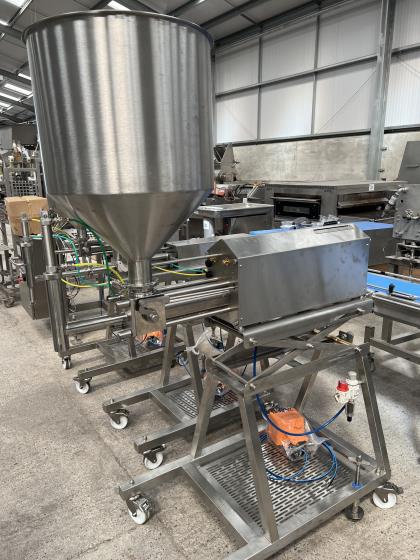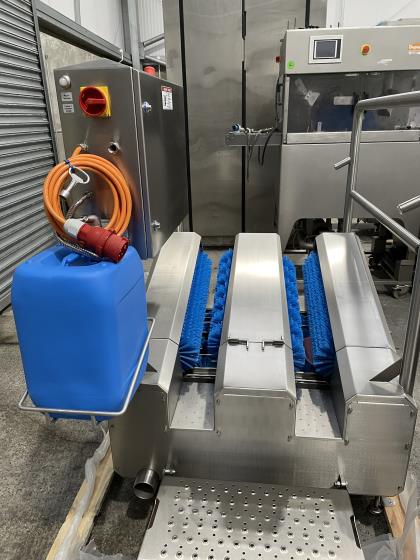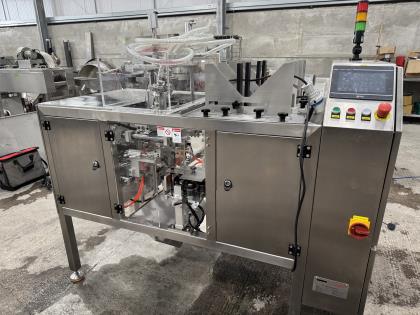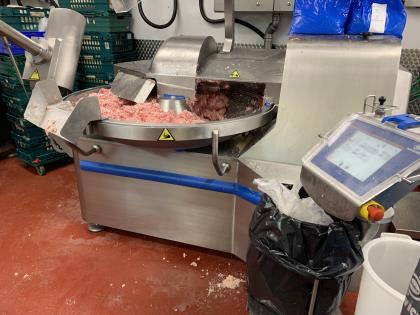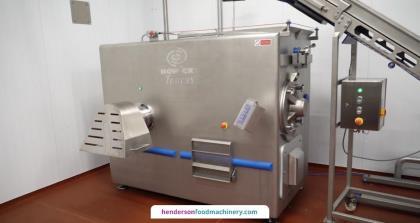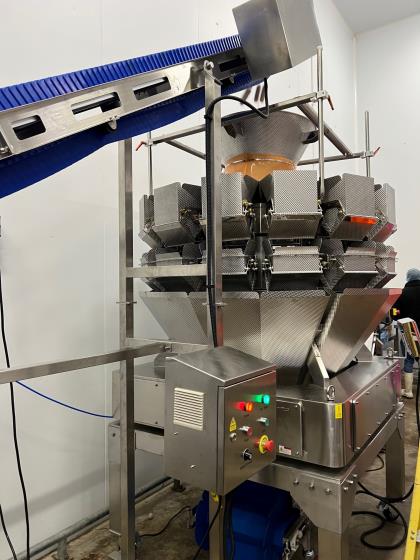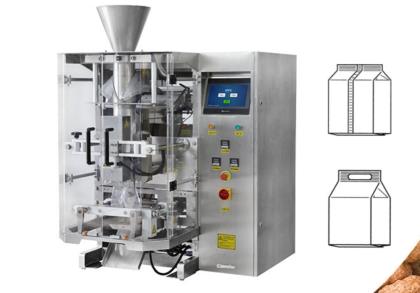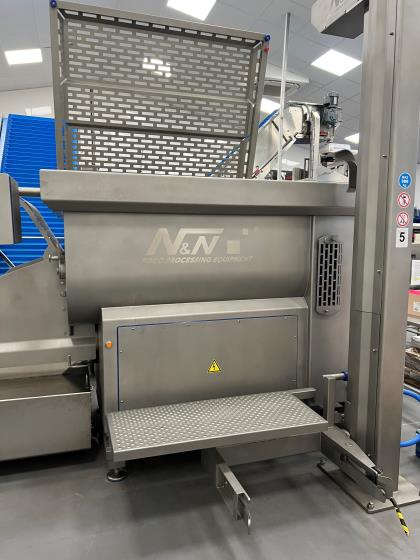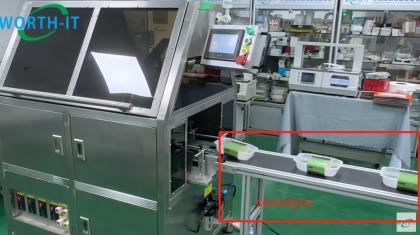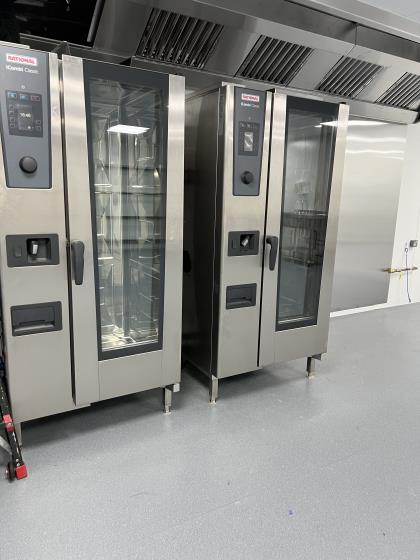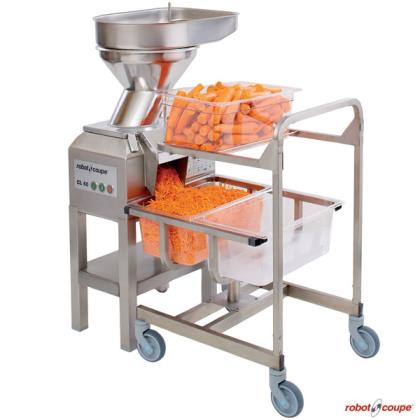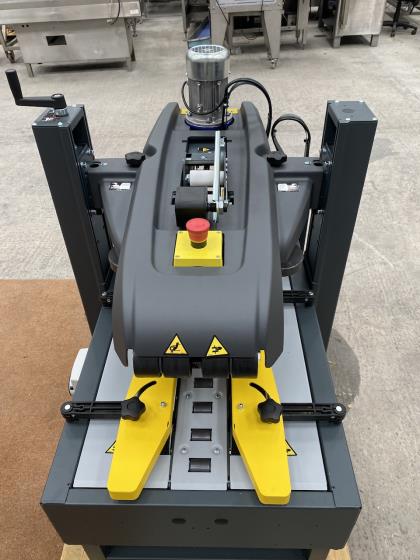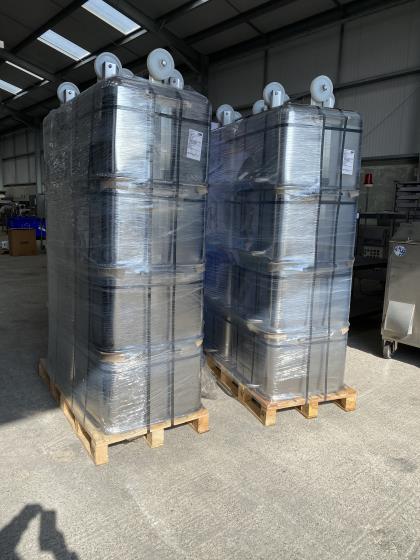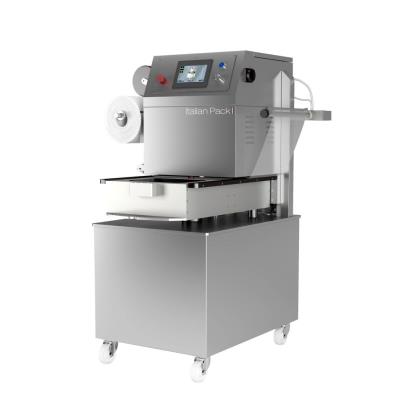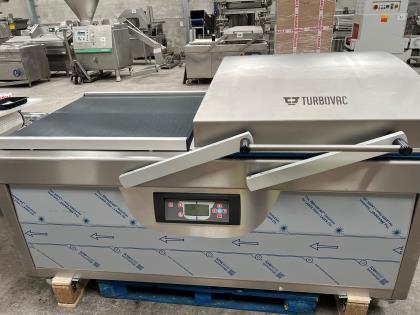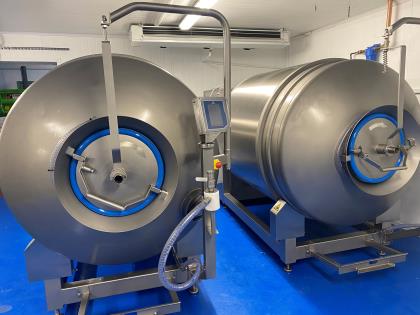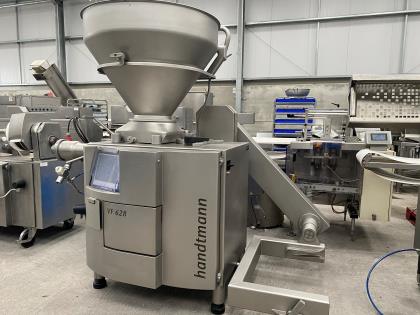Multihead Weigher with Various Size Buckets
Key Features:
- Various Head Configuration for precise, efficient weighing
- Up to 5 Litre Dimple Buckets for accurate portioning
- Manufactured from 316 Stainless Steel for durability and hygiene
- Powered by Siemens PLC, ensuring robust and reliable performance
- Schneider, Danfoss, and Airtac components for industry-leading quality
- Equipped with a 7-Inch Touch Screen for intuitive operation
- Single Weigh Range: 10-800 Grams
- Maximum Weight Range: 6500 Grams
- 100 Preset Programs for quick configuration
- Max Speed: 65 bags per minute
- Machine Dimensions: 1100mm x 1080mm x 1226mm
- Single Phase Power Supply
- Optionally supplied with a timing hopper for enhanced control
Versatile and Precise Weighing
Our Multihead Weigher is designed to provide accurate, consistent weights for a wide range of food and non-food products.
With the ability to handle products such as chicken nuggets, burgers, chips, sausages, seafood, and more, this machine excels in various sectors of the food industry, including fresh and frozen foods, confectionery, pet food, vegetables, and dry goods.
Ideal for contract packers and food manufacturing companies, this Multihead Weigher offers significant advantages over traditional linear weighers, ensuring greater speed and precision in weighing, portioning, and packing.
Key Benefits:
- Increased Accuracy: Capable of providing precise weights, reducing waste and improving packaging consistency.
- High Speed: Achieves up to 65 bags per minute, enhancing operational efficiency.
- Flexibility: Can be integrated with a ready meal line or connected to a VFFS bag sealer for automated packaging.
- User-Friendly: The 7-inch touch screen ensures easy operation, while the system’s 100 pre set programs allow for fast setup.
Applications Across Industries
The Multihead Weigher is suitable for a variety of industries, offering high-speed weighing for food and non-food products. From salad leaves, poultry, fish products, and dry goods, to sweets, nuts, and pet foods, this machine’s versatility ensures accuracy and reliability across diverse applications.
How It Works: The Multihead Weigher efficiently measures bulk products and divides them into smaller, pre-programmed weights.
Products are dispensed into pool hoppers and then transferred to weigh hoppers. The machine’s software determines the ideal combination of hoppers to achieve the target weight, ensuring fast, precise filling into bags, trays, or other packaging systems.
The system’s high-speed performance is enhanced by its ability to handle multiple components simultaneously, such as in mix-weighing applications for complex products like breakfast cereals. It can also be used for delicate or fragile items, such as handmade chocolates and gourmet biscuits, ensuring safe handling without damage.
Additional Benefits:
- Mix-Weighing: Accurately combine up to eight ingredients at high speeds, ensuring precision without overfilling expensive components.
- Wide Range of Products: Capable of weighing everything from fresh meat, poultry, and seafood to granules, powders, and delicate items like chocolates.
- Versatile Packaging: Whether filling large catering packs or small snack bags, the Multihead Weigher accommodates a wide variety of packaging sizes.
For More Information
To learn more about how our Multihead Weighers can enhance your operations, contact Total Food Machines at 02890 994 202 or email sales@totalfoodmachines.com.
